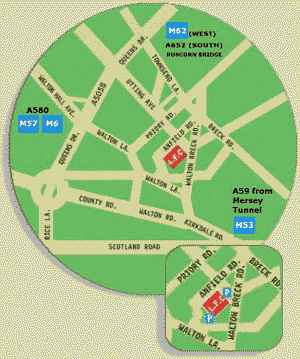The way that hypertext is structured enables a reader to interact with the document. This enables the reader to create a structured reading pattern that is unique to them. This interactivity can lead one person to follow many different paths in order to answer the one question. It can also mean that two readers will follow different links from the same source document, as their own requirements are completely separate.

As an example, two readers are accessing a football web site, lets say Carlingnet, they both have the initial interest of football news in mind. On the home page of Carlingnet they follow a link to this weeks matches, one of them is a supporter of Liverpool F.C. the other supports Manchester U.F.C. From the second page the Liverpool reader goes on to follow links about his chosen team, maybe a related news article about a star goalkeeper injured in the last match. From here he goes on to look at the following weeks fixture between Liverpool & Manchester. Meanwhile the Man Utd. fan goes straight to the fixture between the 2 sides, has read all he wanted to, and has followed a link to show him a map giving directions to the home ground.


The above example demonstrates, rather basically, how 2 readers can start off with the same intentions, their paths may even cross along the route they follow but there is no strict rule that says they must follow the information along a linear path that they have been forced down.